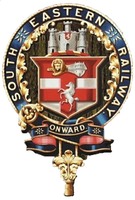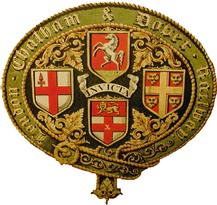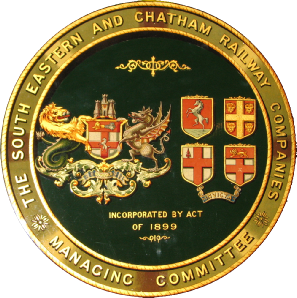Website Design & Contents
© 2025 South Eastern & Chatham Railway Society
& Named Contributors
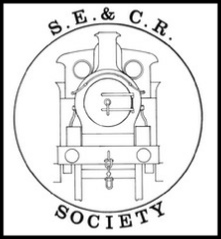

A Short History of the SECR
The SECR was formed in 1899 by a legal union between the two existing companies, the South Eastern Railway and the London, Chatham & Dover Railway whose rivalry had been damaging to profits and investment. Although the two companies remained as distinct legal entities, and their buildings and structures bore witness to their respective origins, rolling stock of the two companies soon began to mix, adding variety to the scene. The SECR’s own locomotives and rolling stock began to be introduced, but for at least a decade there remained a great variety of locomotives and rolling stock from pre-
The SECR’s most glamorous trains were of course the continental expresses working to Dover and Folkestone to connect with the Channel ferries. In the London area it worked some of the most complex steam commuter services in the country. Elsewhere its lines saw not just local trains but fast passenger trains serving the residential areas of Hastings, Folkestone and the Kent Coast. Cross-
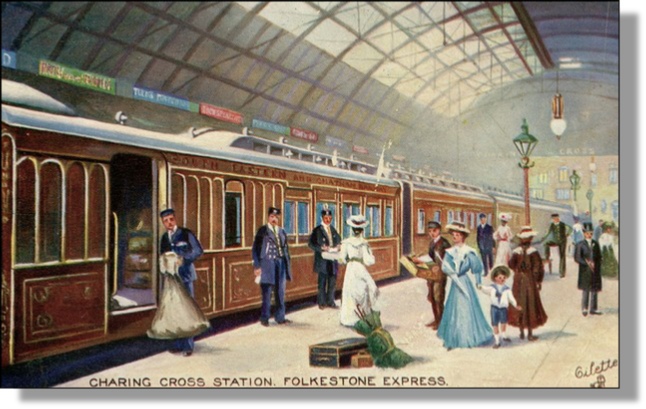
Coaches of SECR origin were robustly built and saw service on other parts of the Southern Railway, including the Isle of Wight where they worked to the end of steam in 1966, and several have been preserved there and on the mainland. The “birdcage” guard’s lookout, driven by width restrictions and the need to use every inch of train productively, persisted as a feature of SECR coaching stock, the last coach so fitted being withdrawn as late as 1962.
The SECR’s own electrification plans never bore fruit during its lifetime, but its suburban routes were amongst the first to be dealt with by the Southern Railway. In fact, much of the electric coaching stock was formed of the bodies of the best steam-
The SECR’s capacity for innovation extended into signalling, where the 3-
Thus the SECR presents the modeller with many opportunities for unusual or eye-
Whilst the tonnage of freight was much less than on railways serving the coalfields and industry of Britain’s Midlands and North, the SECR offered considerable variety of traffic carried in distinctive wagons and vans attractive to modellers. Whilst the agricultural produce of its territory featured largely, together with the perishable or valuable Grand Vitesse traffic from continental Europe, the SECR also served a variety of heavy industries and military establishments beside the Thames and in the Medway Valley, and even coal from the East Kent coalfield. Transfer freights to and from other railways North of the Thames passed through some of the busiest parts of the suburban area by way of the Snow Hill tunnel (now Thameslink) or the East London Line (now part of the London Overground network), bringing the wagons of foreign companies into Kent, and their locos at least as far as the marshalling yards at Herne Hill and Hither Green
As the railway serving the principal Channel ports, the SECR played a key role during the Great War, with trains for forces on leave and for the wounded making use of the fine new Marine station at Dover, where the company’s War Memorial would in due course be placed. The needs of the military for equipment and supplies added to freight traffic, and much was despatched by way of the pioneering train ferry operating from Richborough, whilst the works of the railway were employed on manufacture of spare parts for French and Belgian locomotives as well as some purely military items.
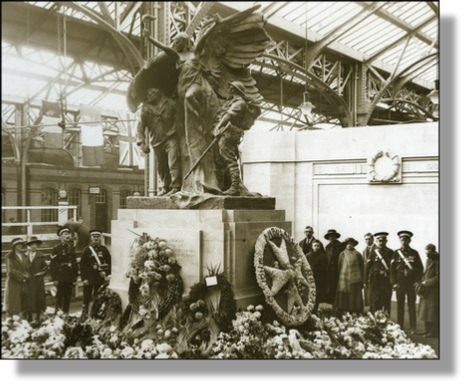
Harry Wainwright was the Chief Mechanical Engineer from the union in 1899, and, whilst he was responsible for a much-
From 1913, Richard Maunsell made the SECR one of the most technically advanced and innovative lines in the country, bringing some of the Great Western’s foremost draughtsmen into his team to tap the experience built up by that company. One of these, Harold Holcroft, was responsible for much advanced thinking on the subject of multi-
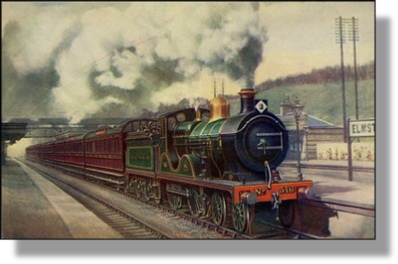
The SECR was one of the first railways to build coaches for ordinary use to as great a length as 60ft, whilst the highest standards of accommodation persisted in the unusual match-
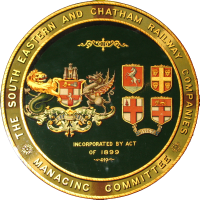
Whilst a relatively small system serving a compact and largely self-
